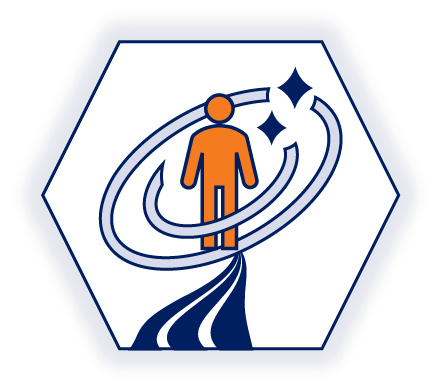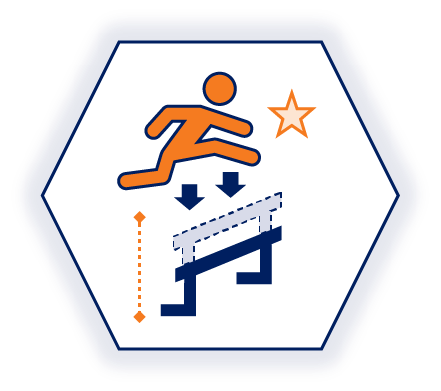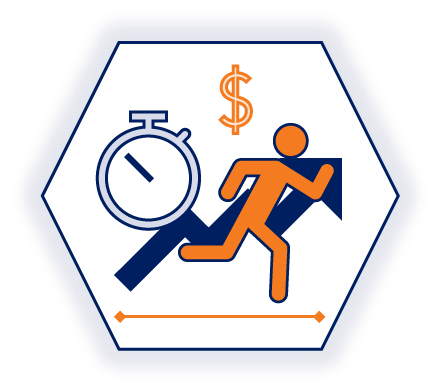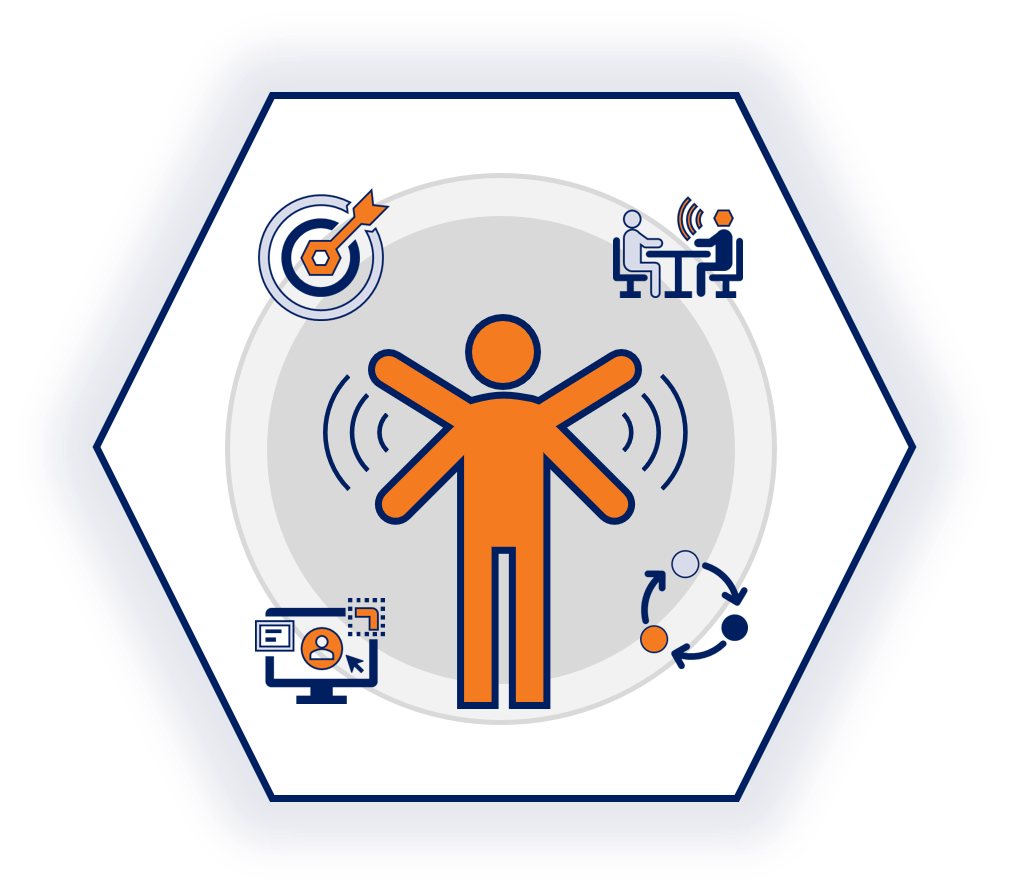When introducing new platforms or processes in servicing or back-office operations, the pivotal role of end-user testing cannot be overstated. It serves as the foundation for certifying functionality, design and the overall satisfaction of users interacting with the platform. Conducting comprehensive end-user testing can be challenging, however, especially when faced with limited resources. Understanding key end-user testing practices for a new platform and how to deploy strategic solutions to achieve thorough testing can mitigate resource dependencies.

Emphasize User-Centricity
The success of any new platform hinges on its ability to resonate with its target audience. End-user testing enables teams to validate the platform’s usability, accessibility and alignment with user expectations. By prioritizing user-centric testing methodologies, such as user acceptance testing (UAT) and usability testing, teams can glean invaluable insights into user behavior and preferences, paving the way for iterative improvements and enhanced user experiences.
![]()

Minimize Adoption Hurdles
Overcoming adoption barriers and driving user engagement are among the key challenges faced in introducing a new platform. End-user testing serves as a litmus test, identifying friction points and usability issues that may hinder adoption. By analyzing user feedback and performance metrics gathered during testing, teams can refine the platform’s interface, streamline user workflows and foster a more intuitive user experience, thereby facilitating seamless adoption and maximizing user satisfaction.
![]()

Accelerate Time-to-Value
End-user testing accelerates time-to-value by preemptively identifying and rectifying usability flaws and functional deficiencies before they impede the platform’s launch. To optimize efficiency, teams can embrace agile testing practices, integrating end-user testing throughout the development lifecycle and leveraging automation tools to expedite testing processes without compromising thoroughness.
![]()
Navigate Resource Constraints
Limited resources pose a common obstacle for teams tasked with conducting comprehensive end-user testing. Nonetheless, there are several strategic approaches to maximize testing effectiveness within resource constraints:
| |
Targeted SamplingIdentify key user personas and usage scenarios to prioritize testing efforts on high-impact areas of the platform. By focusing on representative user segments, teams can optimize resource allocation and ensure comprehensive coverage of critical functionalities. |
|---|---|
| |
User EngagementHarness the power of your future users and beta testers to augment internal testing efforts. Engaging early adopters and stakeholders in the testing process not only expands testing coverage but also cultivates a sense of ownership and advocacy among users. |
| |
Feedback LoopsEstablish robust feedback mechanisms to solicit user input and iterate on the platform. By fostering a culture of continuous feedback and collaboration, teams can leverage user insights to drive improvements and refine the platform in alignment with evolving user needs and preferences. |
 |
Testing PartnersLeverage outside partners skilled in usability testing and remote testing to streamline testing processes, design detailed testing scripts and maximize resource efficiency. Using partners to conduct remote usability tests, gather real-time feedback and analyze user interactions facilitates comprehensive end-user testing without extensive internal resource investments. |
Creating a culture of continuous improvement
End-user testing is indispensable for ensuring the success and sustainability of a new platform in any back-office operation. Despite resource constraints, strategic approaches such as targeted sampling, community engagement, feedback loops and outside partnerships empower teams to conduct comprehensive testing and deliver a platform that resonates with users. By embracing these solutions and fostering a culture of continuous improvement, teams can navigate the complexities of platform launch with confidence and propel the platform toward enduring success.
Read more to learn how we solved system configuration issues and performed user acceptance testing (UAT) for a client, enabling seamless performance and the ability to meet aggressive timelines.
About the Author
Frank Ferriola leads the Technology Enablement practice for Banking and Financial Services at SolomonEdwards. With more than 30 years of experience in the banking industry, he brings a strong balance of expertise across all areas of the organization. Frank partners with institutions to develop strategic roadmaps for technology and digital innovation to create frictionless and efficient experiences.
To learn more, contact Frank at fferriola@solomonedwards.com.






